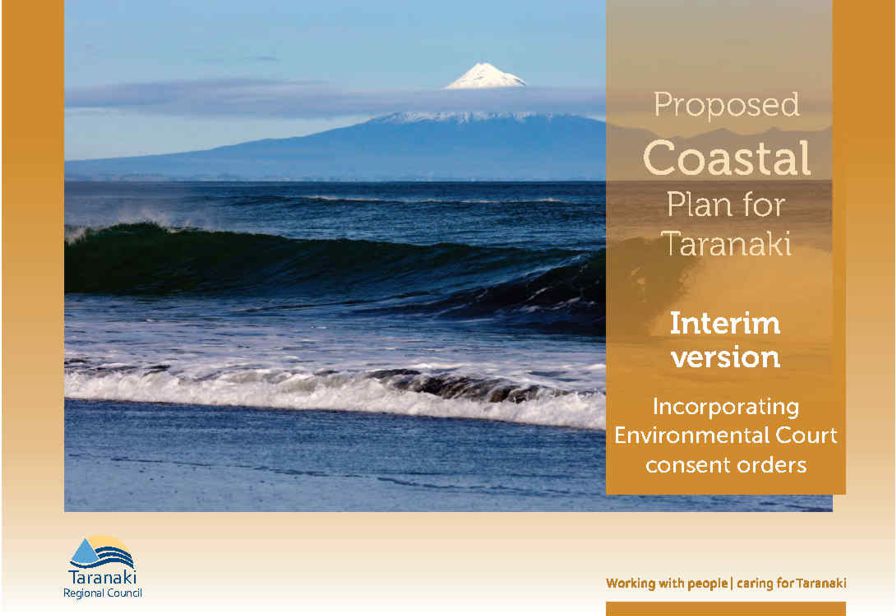Important environmental, cultural and recreational features of the Taranaki coastline are now under greater protection as the region’s new coastal planning framework starts to take effect.

The new measures include explicit recognition of sites of cultural significance, and greater protection for 80 surf breaks including New Zealand’s first designated ‘Nationally Significant Surfing Area’.
The measures are part of the Interim Version of the Proposed Coastal Plan, whose rules are now legally operative apart from a small number relating to oil and gas activities, which are under appeal in the Environment Court.
The changes follow a lengthy review by the Taranaki Regional Council, including extensive formal and informal consultation with stakeholders and the public. This included consultation with iwi in the region and ongoing work on building a database of culturally significant sites.
“The new rules are a big step forward for the region,” says the Council’s Director-Resource Management, Fred McLay. “It reflects the huge increase in awareness of and concern for our environmental and cultural heritage. It also recognises the lifestyle and opportunities that Taranaki can offer.”
He says it’s a credit to those involved that most of the matters raised in appeals were settled in mediation.
The plan has a broad focus on the coastal environment but its rules and many of its policies apply only to the Coastal Marine Area, which is the ‘wet bit’ of the coast extending from the mean high water mark to 12 nautical miles (or 22 kilometres) out to sea. The plan sets out the activities that can take place without a resource consent, the ones that require a consent, and what is completely prohibited.
New provisions include:
- Greater recognition of cross-boundary effects when activities are undertaken either on the landward side of the Coastal Marine Area, or further inland but still close to the Coastal Marine Area.
- The highest level of protection to more coastal areas of outstanding value.
- Increased recognition of Māori values, including the identification of known sites with high cultural, spiritual and historical associations.
- Increased protection for 80 named nationally and regionally significant surf breaks, including a ‘Nationally Significant Surfing Area’ that includes all the surf breaks between Kaihihi Road and Cape Road.
- Increased protection for indigenous biodiversity.
- Prohibiting discharges of untreated human sewage and new discharges of wastewater containing untreated human sewage into estuaries, and requiring improvements to the quality of existing coastal wastewater discharges, and a reduction in their quantity over time.
- Tighter controls on hard protection structures to manage coastal natural hazards.
See the interim version of the Proposed Coastal Plan at www.trc.govt.nz/interim.
The new Coastal Plan will become fully operative when the current appeals process reaches a conclusion.